This is the second part of The history of design told by lamps.
Lighting design is an important part in the history of design, with high cultural value and aesthetic value.
Italian lamps add luster to the development of lighting design. Many excellent works play an important positive influence on the later generations. Here we’d love to share some of the classic production for you:
Created for the Langelinie Pavilion, a modernist restaurant in Copenhagen, where it is still in use, this chandelier is one of the emblematic pieces of the work of Poul Henningsen, a great figure of Danish design: it is the culmination of deep research on the diffusion of light. It is said that his work with light and contemporary form were dictated by the desire to overcome the oil lamps of his childhood, hiding the light source. The basic version consists of 72 leaves arranged in an ‘artichoke’ or inverted camellia style, fixed on metal arches. The fragmentation of the surfaces means that the light source is not visible, while the lamp creates a soft diffused light, as was Henningsen’s intention. Over the years, several versions have been made with different materials and metals, including LED.
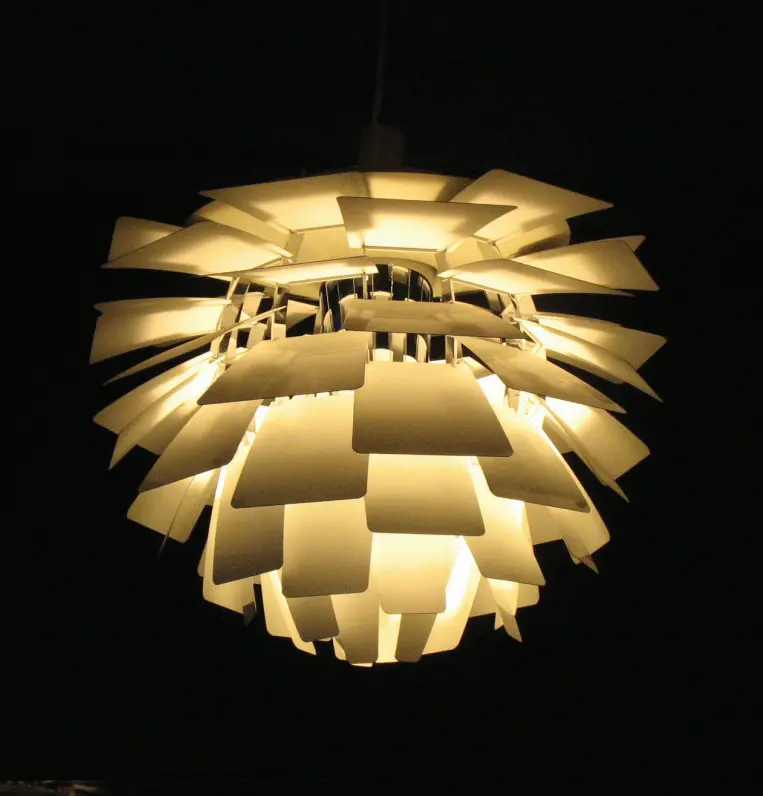
Design Poul Henningsen
Colombo 281 is Joe Colombo’s first submission for Oluce, the only two-man project carried out in collaboration with his brother Gianni. The model, created in 1962 and which was initially known as 281, was later called Acrilica, referring to the main material of which this object is made (acrylics), as well as the extraordinary way it was used in the 281 lamp design. In fact, methacrylate had already been used for approximately a decade in the lighting sector, usually in thin cut or thermoformed sheets, while here it is used in an extremely distinctive way. Thanks to its conduction properties, both the shape and the significant thickness of the curve of the 281 lamp make it possible for the light of the fluorescent light bulb inside the painted steel base to travel up the transparent lamp structure, illuminating its head. In 1964, Acrilica won the gold medal at the 13th Triennale International Exhibition in Milan.
.webp)
Acrilica 281,Oluce,1962
Design Joe Colombo and Gianni Colombo
Designed by Le Corbusier in 1963 for the Chandigarh Parliament in India, Parliament lamp is a symbol of 1950s modernism, inspired by the industrial lighting of the time. Its elegant shape and great functionality are inspired by the Applique de Marseille wall lamp that Le Corbusier designed in 1954. Parliament is both elegant and functional: the floor lamp is made of painted aluminium and has an adjustable shade composed of two symmetrical open cones, providing two types of lighting (direct and indirect). Parliament is ideal as a reading light and for creating ambience lighting.
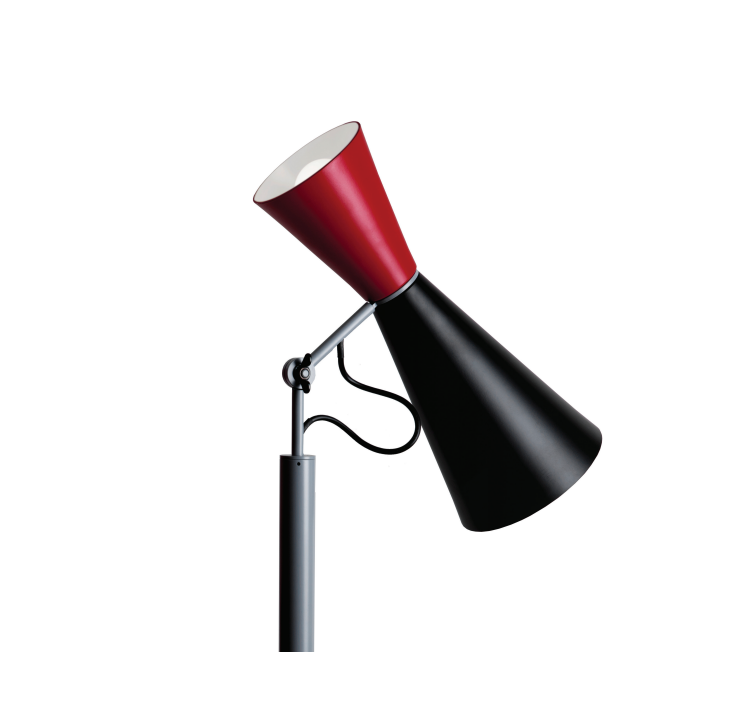
Parliament,Nemo,1963
Design Le Corbusier
Eclisse is a cutting-edge balance between form and function, design and utility. The basis of the concept lies in its functionality, regulating the intensity of the light through its internal rotating lampshade that “eclipses” the light source, whose movement to screen the light is inspired by astronomical phenomena. The lamp is made up of three hemispheres: two fixed - the base and the outer shell - and one mobile, the inner shell, inserted into the outer one. The story of the Eclisse lamp begins on the Milan subway where Vico Magistretti was inspired to create a lamp combining two spheres and, in order not to forget the design concept, sketched it on the back of his ticket. Designed in 1965, it won the Compasso d’Oro in 1967, and has since become an icon of Italian design around the world. It is part of the permanent collection of the most important design museums, including MoMA in New York and the Triennale Design Museum in Milan.
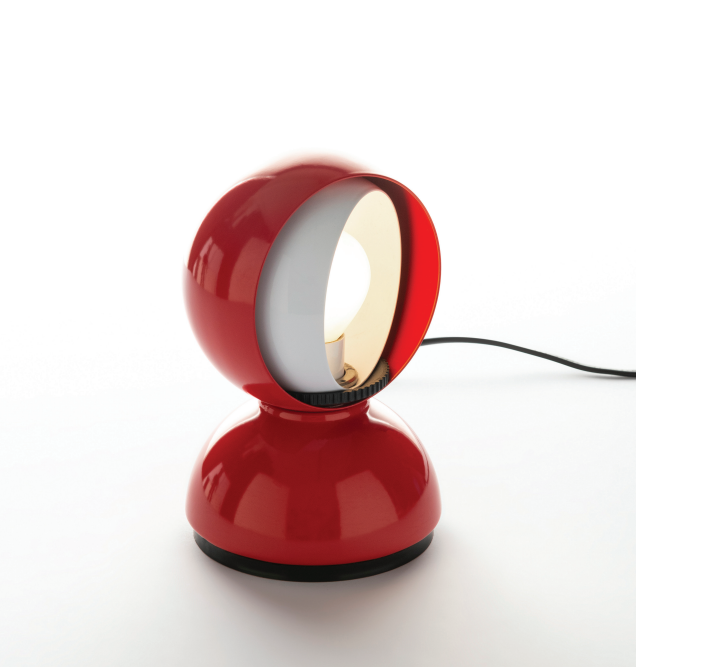
Eclisse,Artemide,1965
Design Vico Magistretti
The sixties are characterised by some of the most innovative experiments with plastics, with objects distinguished by the use of strong shades and innovative shapes. Among these is the Nesso lamp, a marvel of thermoplastic injection molding in ABS (acrylonitrile-butadiene-styrene), introduced for the first time in 1967 by Artemide, thus bringing industrial materials and methods to the home and office. A touch of color and a design inspired by nature. Distinguished by its mushroom shape, the lamp reveals all the potential of plastic: it exploits the translucent quality of the material and diffuses a warm light, using the lampshade to hide the four bulbs. Nesso is part of the permanent collections of the Metropolitan Museum of Art and the Museum of Modern Art.
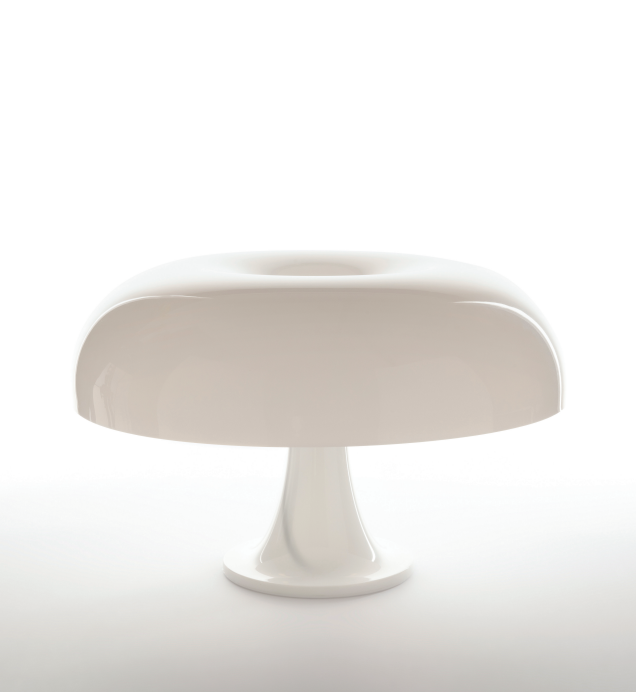
Design Giancarlo Mattioli, Gruppo Architetti Urbanisti Città Nuova
With this lamp Bruno Munari overturns all the canons of lamp design. A first new element is the use of filanca, a yarn used for women’s stockings, to replicate the aesthetic effect of the Japanese paper lanterns that inspired it with a more durable and practical result. Another unique element is the shape of the lamp which was not designed and then built, but arises from the tension of the knitted tube and the weight of metal rings: it is a spontaneous shape, generated solely by the tension of its internal forces. The name is said to be a tribute to the Falkland Islands, which lives mainly on fishing. The lamp recalls the traditional traps which apparently inspired Munari to insert the rings in the tubular shape. Designed as a suspension lamp, Falkland is also available in a floor version. Exhibited at MoMA in New York, today it is produced by Artemide.

Design Bruno Munari
Designed for the Olivetti store in Paris by the Italian architect and only later put into production, it is one of the first dynamic light lamps made. The telescopic stainless steel stem allows you to adjust the height of the lamp from 66 to 86 centimeters, transforming it into a table or floor lamp depending on the context. The name of this table lamp refers to the rigid opalescent white methacrylate diffuser that evokes a bat wing, aiming to reinterpret the classic Tiffany lampshades and pre-Bauhaus lamps in a contemporary and ironic way. The result is an unconventional lamp, an extraordinarily innovative project with a strong link to the past. It is part of the permanent collections of MoMA in New York.
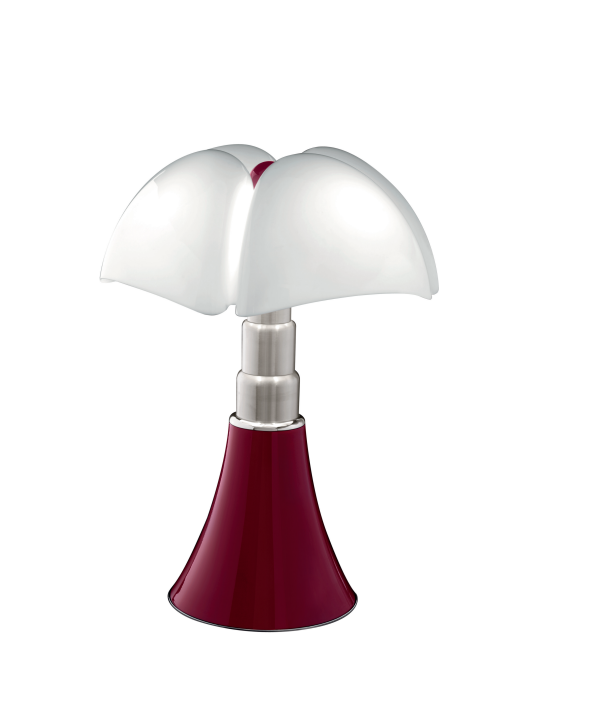
Pipistrello,Martinelli Luce,1965
Design Gae Aulenti
Related Article: Design Magazine: The history of design told by lamps Part1
Copyright © Homa 2023
All rights reserved

.jpg?VGhlIFBlcmZlY3QgU2xvdC1pbijmraPnoa4pLmpwZw==)












.jpg?MTkyMHg3MjDvvIhkZXPvvIkuanBn)
.jpg?MTAyNHg3NDDvvIhkZXPvvIkuanBn)



















